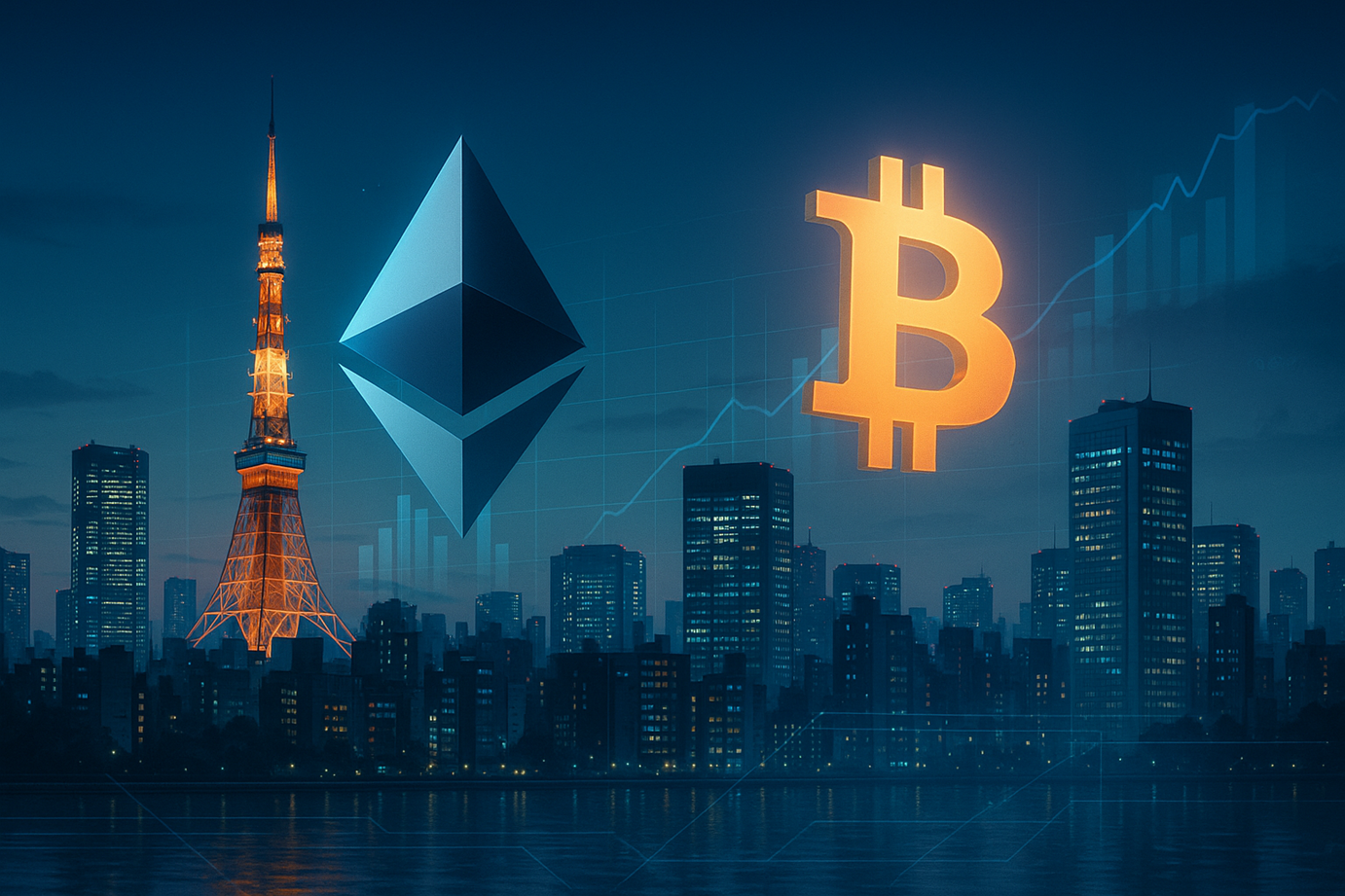US, South Korea finalize $350 billion trade deal, including cash payments and shipbuilding cooperation


South Korea and the United States have finalized the details of a major trade deal, bringing an end to months of negotiation.
The announcement came on Wednesday in Gyeongju, where South Korean President Lee Jae Myung met U.S. President Donald Trump on the sidelines of the APEC gathering.
According to Kim Yong-beom, the presidential chief of staff for policy, this meeting settled the unresolved points from the earlier July framework deal.
The original agreement had lowered the general reciprocal tariff rate to 15%, but South Korean automobile exports were still hit with a 25% tariff, and those terms had remained open until now. The new deal settles that.
A central part of the agreement is the $350 billion investment package that Trump insisted on upfront.
Kim explained that $200 billion will be paid in cash and $150 billion will come through shipbuilding cooperation, handled by South Korean shipbuilding companies. The cash portion will not be paid all at once.
Instead, the investment will be spread out over several years with a limit of $20 billion per year, a move designed to prevent shocks to South Korea’s foreign-exchange market, which was Seoul’s biggest concern when Trump originally pushed for $350 billion in immediate payment.
Investment structure and tariff adjustments
Kim was saying that the newly finalized terms lower the automobile tariff from 25% to 15%, matching the rate applied to Japanese auto imports. He also said that the semiconductor tariff rate would be adjusted to a level that is not disadvantageous compared to Taiwan, though he did not specify the exact number.
The structured payment schedule, according to Kim, allows the Korean side to manage currency stability while still committing to the full investment total over time.
Kim described the gradual $20 billion per year limit as a measure to protect local financial conditions as industry collaboration proceeds.
The shipbuilding portion of the agreement will involve joint production and technology cooperation between U.S. and Korean firms. Kim emphasized that Korean shipyards will lead this segment.
The timeline for the shipbuilding component was not detailed, but it is expected to unfold alongside defense and transportation sectors.
The meeting in Gyeongju is being viewed internally as the final stage in securing both market access and sector protection against regional competitors.
Diplomatic atmosphere and other meetings
The broader diplomatic atmosphere around the summit was not smooth. Hours before the dinner with world leaders, Trump posted online that he “didn’t come to South Korea to see Canada.”
At the dinner, where Canada’s Prime Minister Mark Carney was present, Trump did not interact directly with him during the group photo. Trump and Lee stood center, while Carney stood on the edge.
When seated for dinner, Trump and Carney ended up across from one another. Trump briefly pointed at Carney, and Carney responded with a small gesture. Carney mentioned the ASEAN meeting in Japan, and Trump replied by calling it “a great meeting.”
Cryptopolitan had reported last week that Trump would raise tariffs on Canada by 10% in response to what he called a “fake ad” that used parts of Ronald Reagan’s 1987 anti-tariff speech. He did not give a timeframe for when the increased tariffs would take effect.
During a short toast at the Gyeongju dinner, Trump thanked Lee for the “red carpet” reception and mentioned his upcoming Thursday meeting with China’s leader Xi Jinping. Trump said the meeting could last three to four hours.
The meeting is scheduled to take place in Busan, though no official start time has been released. It is also unclear whether there will be a press conference afterward.
Trump has said he expects to reduce U.S. tariffs on Chinese goods if Beijing agrees to curb exports of fentanyl precursor chemicals.
Xi will be in South Korea from Thursday to Saturday for the APEC meeting and a state visit. Trump will not attend the regional summit itself.
Don’t just read crypto news. Understand it. Subscribe to our newsletter. It’s free.





